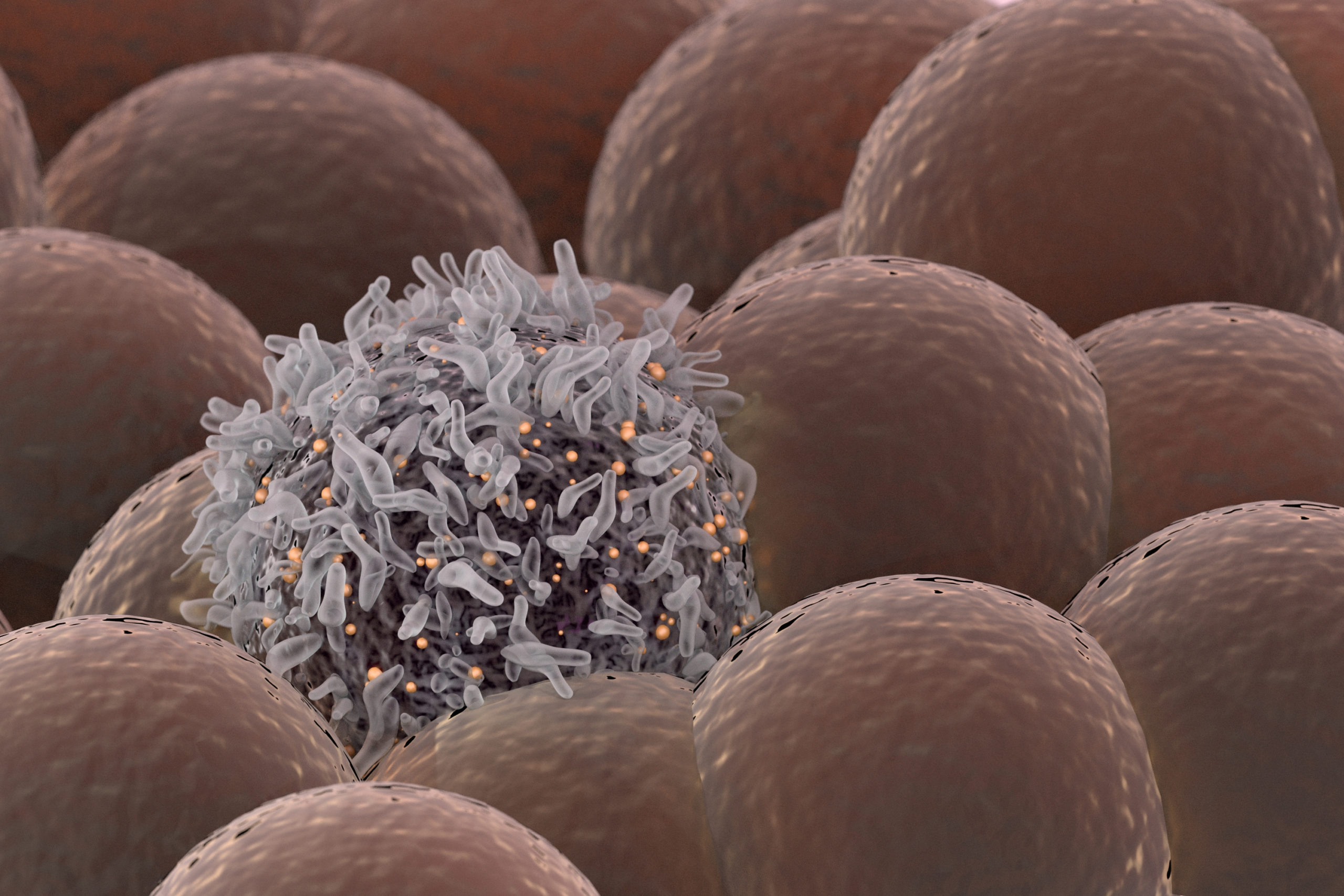Human Lung Cell Atlas maps more than 2.4 million human lung cells

Northwestern Medicine scientists helped develop the largest and most comprehensive cell map of the human lung in a recent study published in Nature Medicine.
Revealing the great diversity of cell types in the lung and key differences between health and disease, the Human Lung Cell Atlas (HLCA) will be an important new resource for lung investigators.
By combining data from nearly 40 studies, investigators from the Wellcome Sanger Institute, Northwestern University Feinberg School of Medicine, Helmholtz Munich, University Medical Center Groningen and their collaborators created the first integrated single-cell atlas of the lung, revealing rare cell types and highlighting cellular differences between healthy people.
In addition, the study found common cell states between lung fibrosis, cancer and COVID-19, offering new ways of understanding lung disease, which could help identify new therapeutic targets.
“The Human Lung Cell Atlas is a huge resource for the scientific and medical community,” said Alexander Misharin, MD, PhD, associate professor of Medicine in the Division of Pulmonary and Critical Care and senior author on the paper. “New disease data can be mapped onto the HLCA, transforming research in lung biology and disease. As the first whole reference atlas of a major organ, the HLCA also represents a milestone toward achieving a full Human Cell Atlas, which will transform our understanding of biology and disease and lay the foundation for a new era of healthcare.”
The Misharin laboratory leveraged unique tissue resources available via several established translational research programs in the Division of Pulmonary and Critical Care and the Simpson Querrey Lung Institute for Translational Science (SQLIFTS) to generate new data for the HLCA. The Misharin laboratory also provided biological expertise, which was essential for making this integrated lung cell atlas interpretable, actionable and relevant to lung diseases.
To develop the HLCA, a large team of investigators successfully combined 49 lung datasets from nearly 40 separate studies into a single integrated atlas using advanced machine learning. By pooling and integrating datasets from every major single-cell RNA-sequencing lung study published to date, the team created the first integrated HLCA. This atlas spans more than 2.4 million cells from 486 individuals and gives new insights into lung biology that were not possible before.
The Lung Atlas Integration project was an international collaborative effort with nearly 100 partners from more than 60 departments. The team is part of the Human Cell Atlas Lung Biological Network, which has its roots in the Chan Zuckerberg Initiative Seed Networks for the Human Cell Atlas and the European Union-funded lung network DiscovAIR.
Misharin serves as a coordinating principal investigator for the Chan Zuckerberg Initiative Seed Networks for the HLCA. This seed network brings together 16 research groups from the U.S., the EU and Australia.
The study is part of the global Human Cell Atlas (HCA), an international collaborative consortium that is creating comprehensive reference maps of all human cells — the fundamental units of life — as a basis for understanding human health and for diagnosing, monitoring and treating disease.






